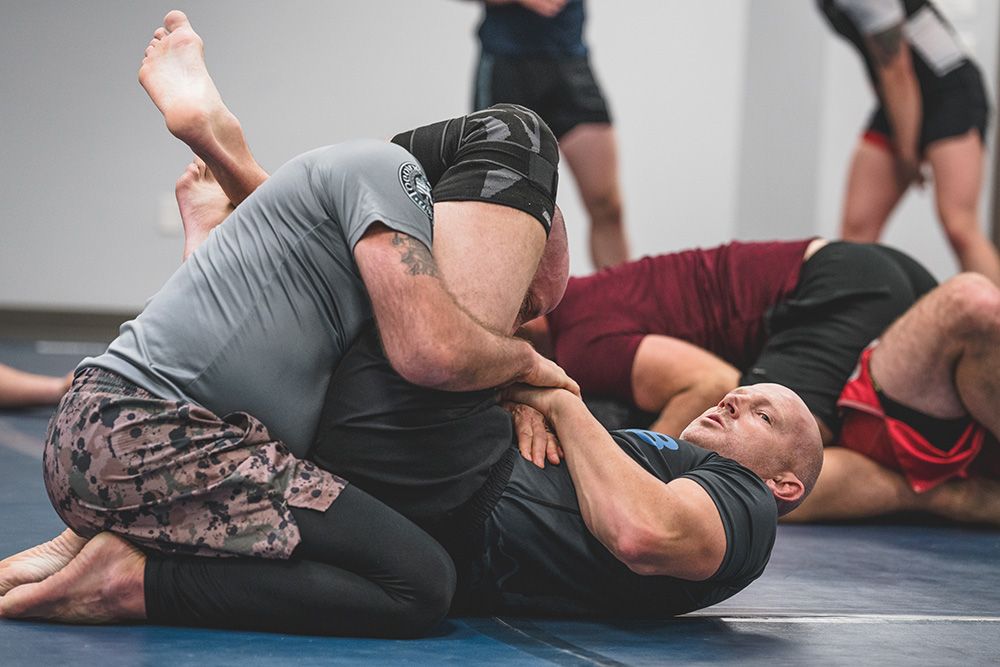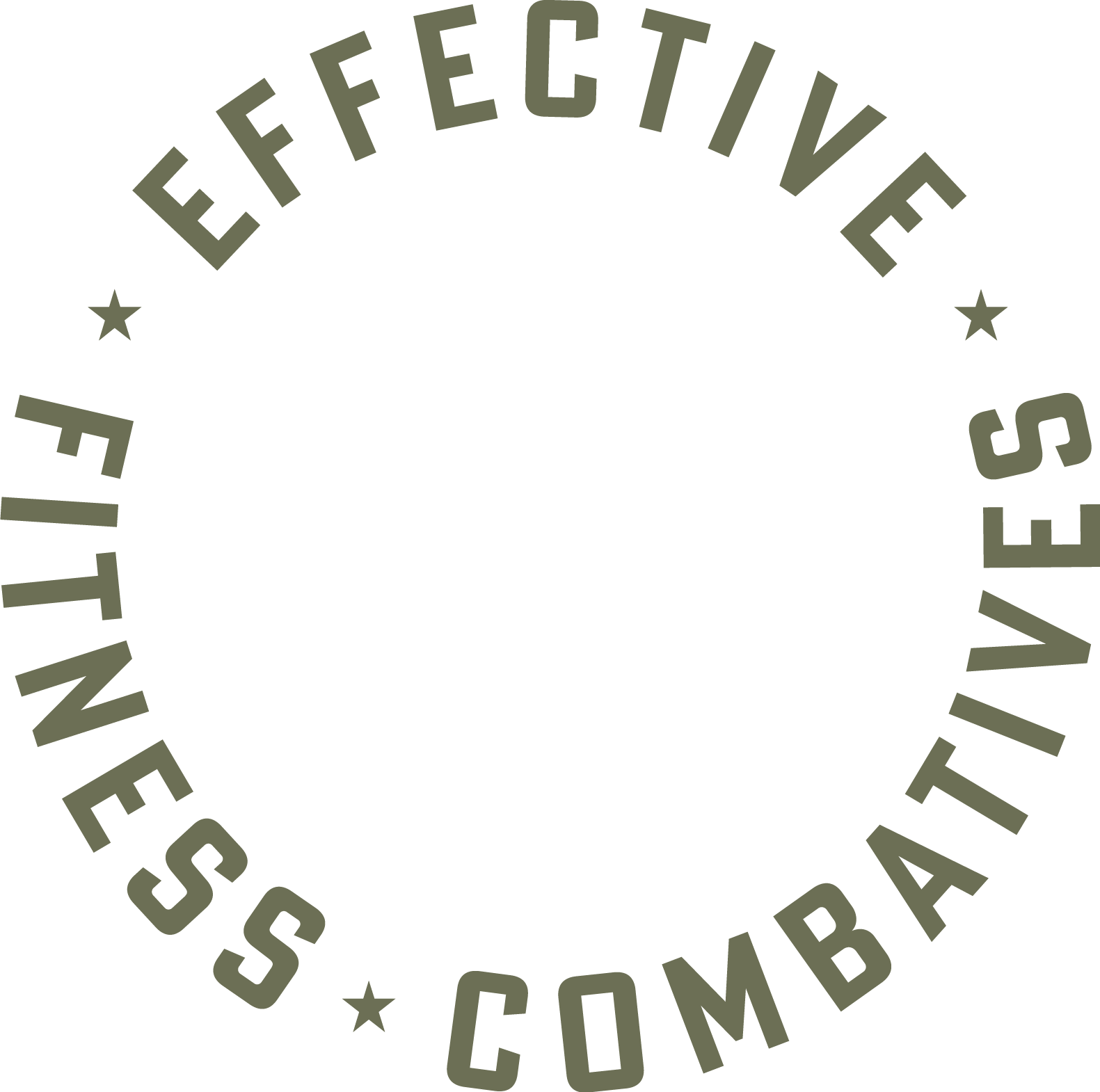Building a Successful Grappling Club: 5 Strategies for Department-Wide Engagement
Dec 20
/
Ryan Romig

In my last article, I told you that I went from three members in my police-grappling club to over 100 in just 8 months. Here are the 5 key points that led to fast growth, departmental support, and buy-in from the officers.
1. Structuring Classes:
To ensure optimal attendance, analyze the demographics of your department and schedule classes accordingly. Consider the work shifts of your officers and select class times that cater to their availability. Experiment with different timings to find what works best for your agency.
2. Selecting Instructors:
Many Police Departments who are running similar programs are contracting outside entities and local Brazilian Jiu-Jitsu black belts, to coach and instruct the officers. This is okay, however, the Black Belts curriculum should be vetted to ensure the techniques being taught translate well into Law Enforcement. Ideally, they would be certified through the Effective Fitness Combatives Instructor Certification program.
Many Black Belts, regardless of how talented they are, do not understand grappling in a weapons-based environment or the Penal Code, case law, and departmental policy that governs the way in which we use force.
There are many advantages to using members of your own department to instruct these courses. This fosters peer learning, and instructor development, and removes financial hurdles associated with hiring an outside entity.
When I looked at the instructors I already had working for the Department, I found many of them had backgrounds in martial arts already. Division 1 collegiate wrestlers, Kyokushin Karate Black Belts, Jiu-Jitsu brown belts, and more.
Ultimately, finding instructors who are competent, humble, and will be good ambassadors for your program is imperative to your success. They will no longer be viewed as individuals but as “the guy from the grappling club.” This means that if they are rude to someone, lazy or incompetent, that will become a reflection of your program. Pick only those who you think will embody the mission and core values you wish to impart to your students.
3. Creating Positive Gym Culture:
Fear of getting hurt and fear of looking incompetent or foolish in front of coworkers are two of the biggest obstacles hindering officers from trying martial arts. It takes a great deal of courage to step onto the mats for the first time. If officers show up and are thrown around like a rag dolls for an hour, they are unlikely to return.
Safety briefs and expectations should be set from day 1 with the importance of the health and safety of your training partners stressed every day. If you are bigger, stronger, and more seasoned than your sparring partner is, help coach them, and let them work the technique of the day. Stop trying to “win practice” and focus on improving yourself and those around you.
**Officers missing work due to injuries sustained at the program will become a major roadblock to your success.**
4. Effective Promotion:
No matter how exceptional your program is, it will not succeed if officers do not attend. Implement a comprehensive advertising strategy that includes roll call presentations, posters in police buildings, department-wide emails, and word-of-mouth promotion. If you create a program that is challenging but fun and fulfilling, members will spread the word and bring friends.
Create a sense of pride among club members by offering club merchandise. Encourage them to wear shirts, hooded sweatshirts, and stickers with the club's logo, turning them into walking advertisements.
Lastly, leverage social media platforms to demystify the training, showcase the talent of your coaching staff, and highlight the fun and inclusive nature of the program.
5. Tracking Progress:
To gauge the success of your program, establish metrics for evaluation. Create anonymous surveys to measure the physical and mental health benefits experienced by club members, improvements in job performance, and feedback on coaching quality. Conduct surveys at key milestones, such as the 60-day and 1-year marks, and use the data to demonstrate the program's impact.
Additionally, ensure proper documentation of techniques taught, and have all participants sign waivers to protect both the club and its members.
Try creating a program like this in your department. It has been one of the most rewarding experiences of my career. Despite the hard work it took to get here, getting positive feedback from officers using the techniques on the road, coupled with the joy, happiness, and laughter I see in the mat room has made it more than worthwhile. Remember to continuously learn, Train Above the Standard, and stay prepared to face the challenges ahead.
Are you interested in training with EFC but there isn't a course scheduled for your area?
Click HERE to learn about hosting a course?
OR
Click HERE to learn more about our Online Combatives User Course
1. Structuring Classes:
To ensure optimal attendance, analyze the demographics of your department and schedule classes accordingly. Consider the work shifts of your officers and select class times that cater to their availability. Experiment with different timings to find what works best for your agency.
2. Selecting Instructors:
Many Police Departments who are running similar programs are contracting outside entities and local Brazilian Jiu-Jitsu black belts, to coach and instruct the officers. This is okay, however, the Black Belts curriculum should be vetted to ensure the techniques being taught translate well into Law Enforcement. Ideally, they would be certified through the Effective Fitness Combatives Instructor Certification program.
Many Black Belts, regardless of how talented they are, do not understand grappling in a weapons-based environment or the Penal Code, case law, and departmental policy that governs the way in which we use force.
There are many advantages to using members of your own department to instruct these courses. This fosters peer learning, and instructor development, and removes financial hurdles associated with hiring an outside entity.
When I looked at the instructors I already had working for the Department, I found many of them had backgrounds in martial arts already. Division 1 collegiate wrestlers, Kyokushin Karate Black Belts, Jiu-Jitsu brown belts, and more.
Ultimately, finding instructors who are competent, humble, and will be good ambassadors for your program is imperative to your success. They will no longer be viewed as individuals but as “the guy from the grappling club.” This means that if they are rude to someone, lazy or incompetent, that will become a reflection of your program. Pick only those who you think will embody the mission and core values you wish to impart to your students.
3. Creating Positive Gym Culture:
Fear of getting hurt and fear of looking incompetent or foolish in front of coworkers are two of the biggest obstacles hindering officers from trying martial arts. It takes a great deal of courage to step onto the mats for the first time. If officers show up and are thrown around like a rag dolls for an hour, they are unlikely to return.
Safety briefs and expectations should be set from day 1 with the importance of the health and safety of your training partners stressed every day. If you are bigger, stronger, and more seasoned than your sparring partner is, help coach them, and let them work the technique of the day. Stop trying to “win practice” and focus on improving yourself and those around you.
**Officers missing work due to injuries sustained at the program will become a major roadblock to your success.**
4. Effective Promotion:
No matter how exceptional your program is, it will not succeed if officers do not attend. Implement a comprehensive advertising strategy that includes roll call presentations, posters in police buildings, department-wide emails, and word-of-mouth promotion. If you create a program that is challenging but fun and fulfilling, members will spread the word and bring friends.
Create a sense of pride among club members by offering club merchandise. Encourage them to wear shirts, hooded sweatshirts, and stickers with the club's logo, turning them into walking advertisements.
Lastly, leverage social media platforms to demystify the training, showcase the talent of your coaching staff, and highlight the fun and inclusive nature of the program.
5. Tracking Progress:
To gauge the success of your program, establish metrics for evaluation. Create anonymous surveys to measure the physical and mental health benefits experienced by club members, improvements in job performance, and feedback on coaching quality. Conduct surveys at key milestones, such as the 60-day and 1-year marks, and use the data to demonstrate the program's impact.
Additionally, ensure proper documentation of techniques taught, and have all participants sign waivers to protect both the club and its members.
Try creating a program like this in your department. It has been one of the most rewarding experiences of my career. Despite the hard work it took to get here, getting positive feedback from officers using the techniques on the road, coupled with the joy, happiness, and laughter I see in the mat room has made it more than worthwhile. Remember to continuously learn, Train Above the Standard, and stay prepared to face the challenges ahead.
Are you interested in training with EFC but there isn't a course scheduled for your area?
Click HERE to learn about hosting a course?
OR
Click HERE to learn more about our Online Combatives User Course
Subscribe to our newsletter
Thank you!
Copyright © 2025
